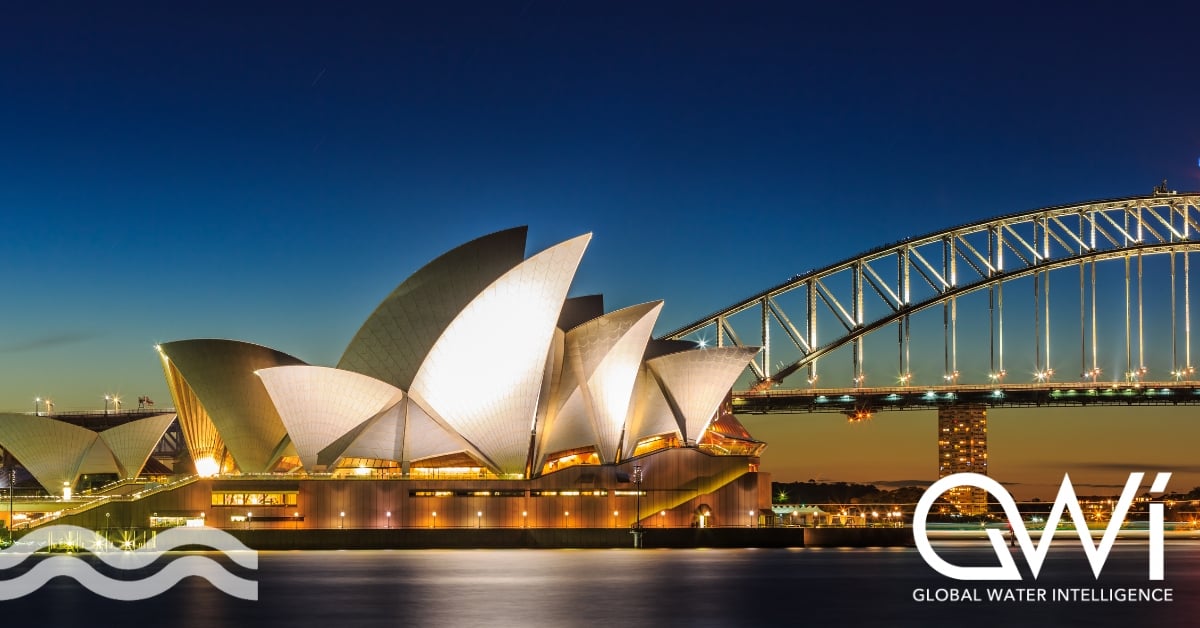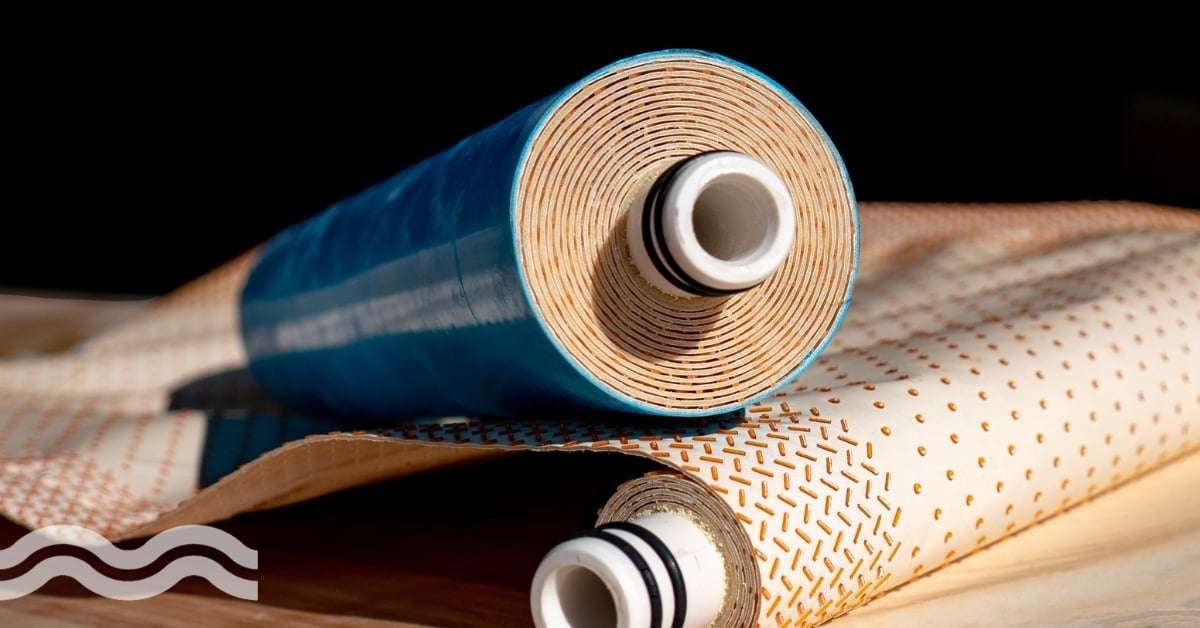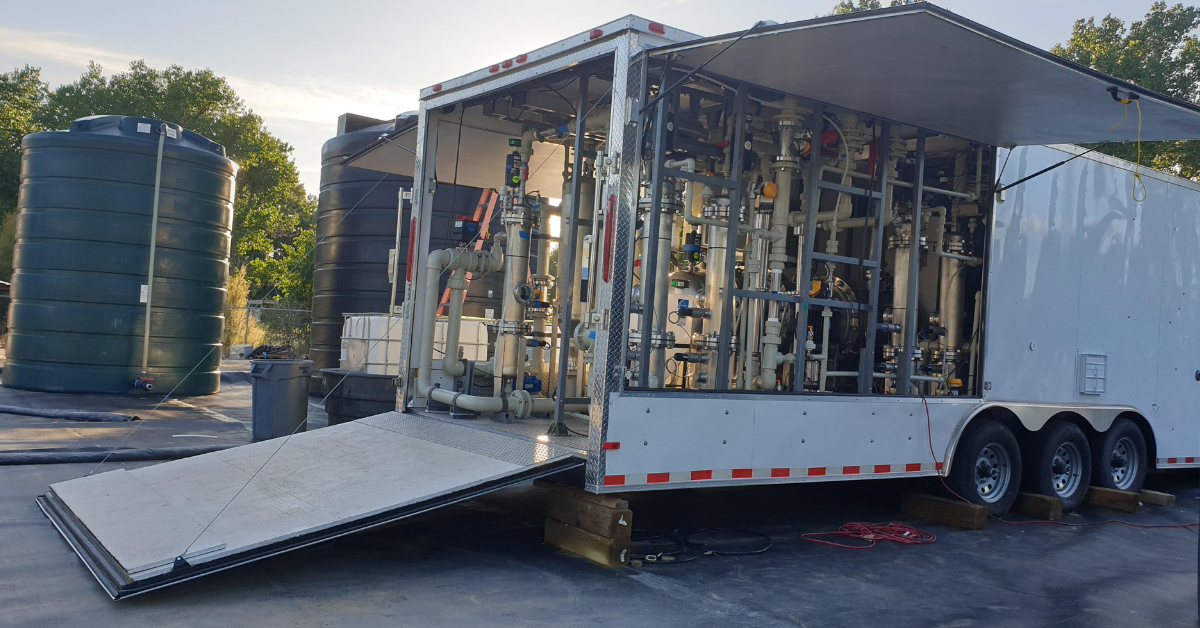Is paint the answer to our urban water challenges?
Researchers at the University of Sydney in Australia, working collaboratively with technology start-up Dewpoint Innovations, may have solved several urban water and environmental challenges simply by modifying one of mankind’s most ubiquitous modern substances: paint.

Tackling water scarcity and cooling cities
Growing populations mean larger towns, bigger cities, and more urban infrastructure. All of these things either generate or reflect heat (the urban heat island effect). They also play havoc with water use and storage, both supply and demand.
Resilient cities are finding ways to mitigate these problems. Some employ improved infrastructures to protect against storms, others build using a ‘sponge city’ approach, while others experiment with blue-green roofs.
But what if a substance we use every day, that is all around us, that has in the past been frowned upon for its potential to pollute, could actually tackle two challenges, both related to the water cycle?
Paint could hold the answer. Especially when it’s a nanoengineered polymer paint-like coating that can passively cool buildings and capture water directly from the air. Best of all, it can do both of these important tasks without needing any energy input.
How can paint collect water?
The research team, led by Professor Chiara Neto, created a porous polymer coating that reflects up to 97 per cent of sunlight and radiates heat into the air. This helps to keep surfaces up to six degrees cooler than the surrounding air, even under direct sunlight.
By keeping the surface of the paint, and therefore the building, cooler than the surrounding air, ideal conditions are created for water vapour in the atmosphere to condense. First published in Advanced Functional Materials, the research suggests that atmospheric water generation (AWG) could be employed on a potentially huge urban scale. Water generation on such a scale could transform building and neighbourhood planning, reducing demand for freshwater or very energy-intensive recycled water. Cooler external building surfaces could also reduce the need for air conditioning.
Professor Neto from the University of Sydney Nano Institute and School of Chemistry, told media: “This technology not only advances the science of cool roof coatings but also opens the door to sustainable, low-cost and decentralised sources of fresh water – a critical need in the face of climate change and growing water scarcity.”
Potential demonstrated with six-month pilot
An initial six-month pilot was conducted on the roof of the university’s nanoscience hub. Impressive findings included:
- Dew could be collected for 32 per cent of the year
- It could provide a sustainable and predictable supply of water even in periods with no rain, with no degradation to the paint
- Under optimum conditions, the coatings harvested 390 ml of water per square metre each day – enough for a 12-square-metre surface to supply the daily drinking needs of one person.
These findings, the researchers suggest, offer the potential for versatile uses, such as providing water for hydrogen production.
How does the technology work?
Traditional white paints often contain titanium dioxide, which reflects ultraviolet light. However, the cooling paint is made of polyvinylidene fluoride-co-hexafluoropropene, or PVDF-HFP, which forms a porous coating.
Ming Chiu, the study’s lead author and CTO of Dewpoint Innovations, told media: “Our design achieves high reflectivity through its internal porous structure, delivering durability without the environmental drawbacks of pigment-based coatings.”
He added: “By removing UV-absorbing materials, we overcome the traditional limit in solar reflectivity while avoiding glare through diffuse reflection. This balance between performance and visual comfort makes it easier to integrate and is more appealing for real-world applications.”
A potential roadblock
One potential roadblock for the paint is the potential for regulations, such as those in Europe, that are targeting a ban on per- and polyfluoroalkyl substances (PFAS), a family of chemicals which includes PVDF. However, PVDF has been used for decades in medical devices inserted into the human body and is largely seen as non-toxic. The trial showed that degradation was not an issue, which would reduce the possibility of PVDF-HFP being leached into the environment.
Scaling for a cooling future
To help scale the cooling paint, Dewpoint Innovations is developing a water-based paint formulation that can be applied using ordinary rollers or sprayers. Perzaan Mehta, CEO of Dewpoint Innovations, told media: “It’s a scalable, energy-free solution that transforms rooftops and remote infrastructure into reliable sources of clean water, helping address an urgent challenge of our time.”




